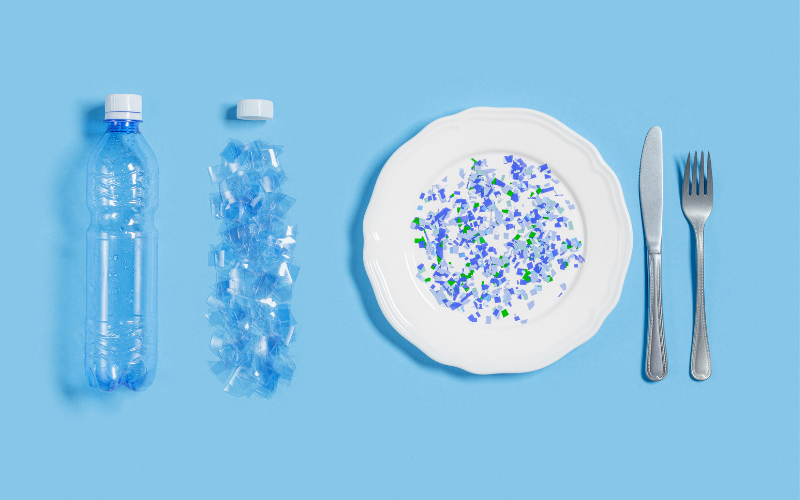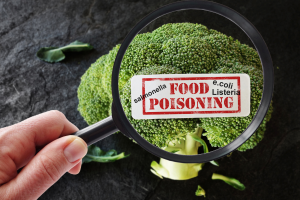
The widespread proliferation of plastics in modern society has triggered a global environmental crisis with increasingly evident and dangerous effects on human health. Even though plastics are valued for their durability and versatility, their overuse has become a pervasive environmental pollutant. As plastics degrade, they generate microplastics (MPs) and nanoplastics (NPs), which are spread throughout ecosystems, enter food chains, and accumulate in the human body.
Recent research has indicated the existence of MPs and NPs in various human tissues, such as blood, placenta, brain, lungs, liver, and atherosclerotic plaques, raising concerns about their potential health risks. MPs and NPs may also serve as vectors for toxic substances such as heavy metals, pesticides, and herbicides that can aggravate their cardiovascular risk. Increased exposure to these environmental particles could represent a novel risk factor for atherosclerosis, underscoring the need to address them in prevention, diagnostic, and therapeutic strategies.
Although large-scale investigations and standardized exposure assessments are still required, accumulating evidence suggests that MPs and NPs should be regarded as emerging cardiovascular risk factors with important public health implications.
Reducing the cardiovascular burden of plastics will require both primary and secondary prevention. Primary prevention focuses on reducing environmental exposure, which depends on long-term political, economic, and regulatory actions to reduce plastic production and pollution. In contrast, secondary prevention aims to mitigate the biological effects of the MPs and NPs once present in the body. Potential strategies include therapies that target inflammation or endothelial dysfunction (statins, PCSK9 inhibitors, SGLT2 inhibitors, or GLP-1 receptor agonists) and interventions to enhance excretion (dietary fibers, probiotics, or bile acid sequestrants).
The presence of MPs and NPs represents a unique scientific and clinical problem in the field of cardiovascular disease. Should their role in atherogenesis or cardiovascular events be firmly established, they may be recognized as an additional risk factor, much like fine particulate air pollution.
Addressing this issue will require interdisciplinary collaboration across epidemiology, molecular biology, pharmacology, and public health. It will indeed matter to minimize exposures to plastics, but there is also a need for novel therapeutic approaches to reverse plastic-induced vascular damage. The recognition of MPs and NPs as cardiovascular hazards highlights a rapidly evolving field, one that will significantly shape future prevention and treatment strategies.
References: Marfella R, Prattichizzo F, Paolisso G. Microplastics and nanoplastics: tiny threats for cardiovascular diseases? Cardiovasc Res. 2025;cvaf143:1-3. doi:10.1093/cvr/cvaf143














